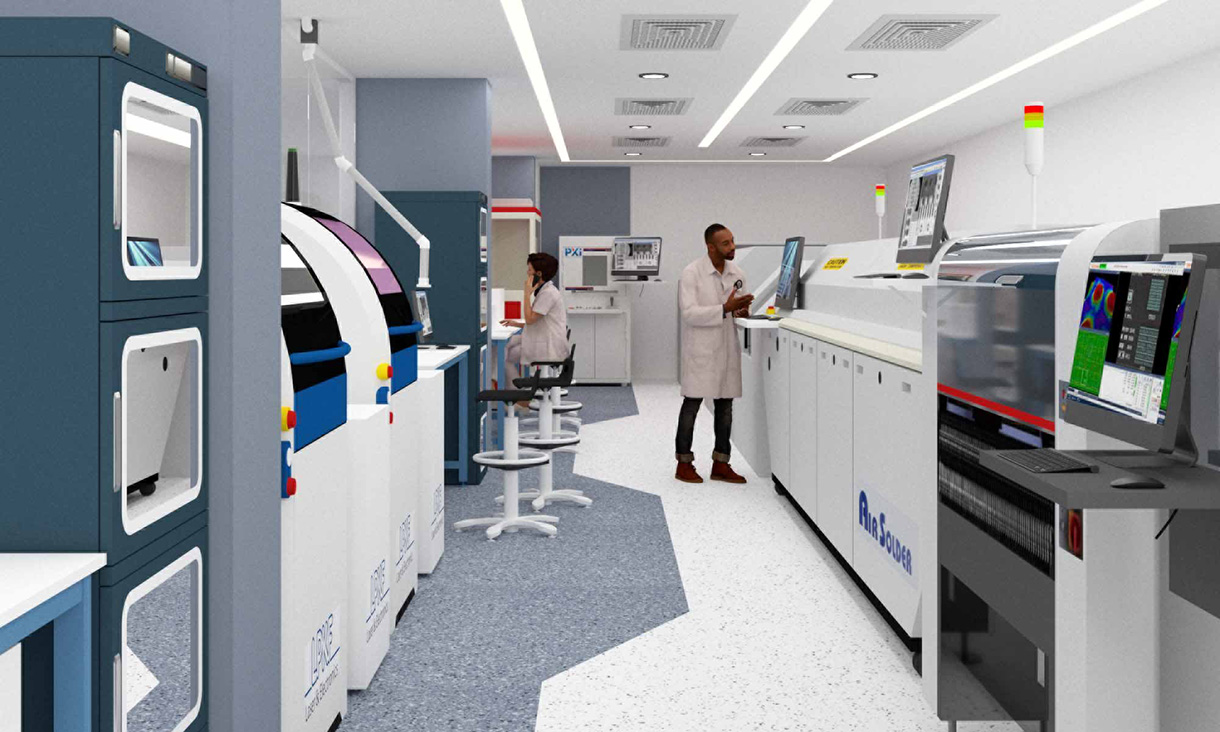RMIT Deputy Vice-Chancellor Research and Innovation and Vice-President, Professor Calum Drummond AO, said the initiative would create jobs, develop skills and build future opportunities, to advance post-pandemic renewal.
“RMIT is proud to work together with the Victorian Government to support a thriving innovation ecosystem for Victoria, driven by academic and industry partnership,” Drummond said.
“The skills required to design, build, integrate, operate and use data from medical devices cover every sector and will be integral to both economic recovery and sovereign capability.
“This new facility bridges the gap between research and impact, supporting the deep collaborations we need to accelerate the translation of brilliant ideas into innovative, home-grown technologies.”
The ISO-accredited facility is the first of its kind in Australia and the Asia-Pacific.
It will be accessible to universities and industry across the region for collaborations on wearables (wireless electronic devices that can be worn as accessories, embedded in clothing or implanted in the body), nearables (smart devices that can sense and send data but do not need to be attached to a person) and flexible medical technologies (soft, skin-like and ultralight electronics).
Professor Sharath Sriram, RMIT Project Leader and Co-Director of RMIT’s Functional Materials and Microsystems Research Group, said the medical devices developed at the facility would improve and save lives.
“The home-grown technologies and solutions we develop here will benefit critical support and care sectors including disability support, mental health, aged care and family violence,” Sriram said.
“This facility gives us the sovereign capability to go from design to a validated diagnostic product, with sufficient quantities to undertake clinical and field trials.”
Led by RMIT University, the project consortium includes universities (Swinburne University, Deakin University, Monash University), industry partners (Sleeptite, Nutromics, Soterius, Vlepis, nthalmic, Innovative Manufacturing CRC), quality management and design partners (Brandwood CKC, Fluffy Spider Technologies, Outerspace Design, Design+Industry) and peak bodies (Advanced Manufacturing Growth Centre, Cooperative Research Australia, MTP Connect).










